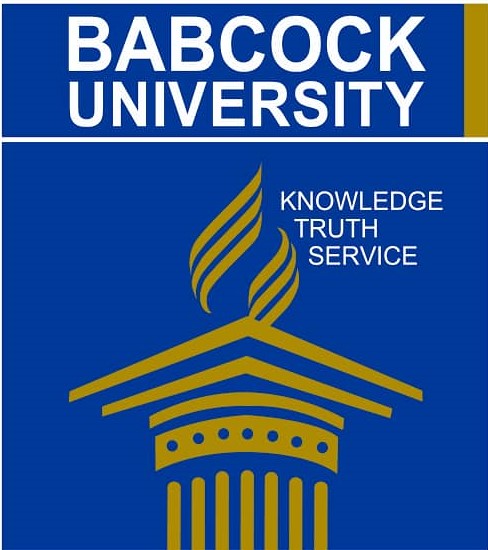Relationship Between Job Satisfaction and Productivity of Secondary School Teachers in Otukpo and Ohimini Local Government Areas of Benue State
DOI:
https://doi.org/10.5281/zenodo.17311506Keywords:
Job Satisfaction, Productivity, TeachersAbstract
This study examined the relationship between job satisfaction and teacher productivity in secondary schools within Otukpo and Ohimini Local Government Areas of Benue State. The research was guided by two questions and corresponding hypotheses using a correlational research design. A sample of 340 teachers was selected from a population of 647 based on the Research Advisor Table. Data were collected through two researcher-developed instruments: the Job Satisfaction Questionnaire (JSQ) and the Productivity Questionnaire (PQ). Pearson’s product-moment correlation was used to analyze the research questions, while linear regression tested the hypotheses at a 0.05 significance level. Results revealed a strong positive correlation between staff welfare (r = .845, p < .05) and leadership style (r = .896, p < .05) with teacher productivity. The study concluded that higher job satisfaction significantly boosts teacher productivity. It recommended that school counsellors act as mediators between teachers and administrators to advocate for welfare and professional growth.
Downloads
Downloads
Published
Issue
Section
License
Copyright (c) 2025 Journal of Education, Communication, and Digital Humanities

This work is licensed under a Creative Commons Attribution 4.0 International License.













 =======================================================================================================================================
=======================================================================================================================================